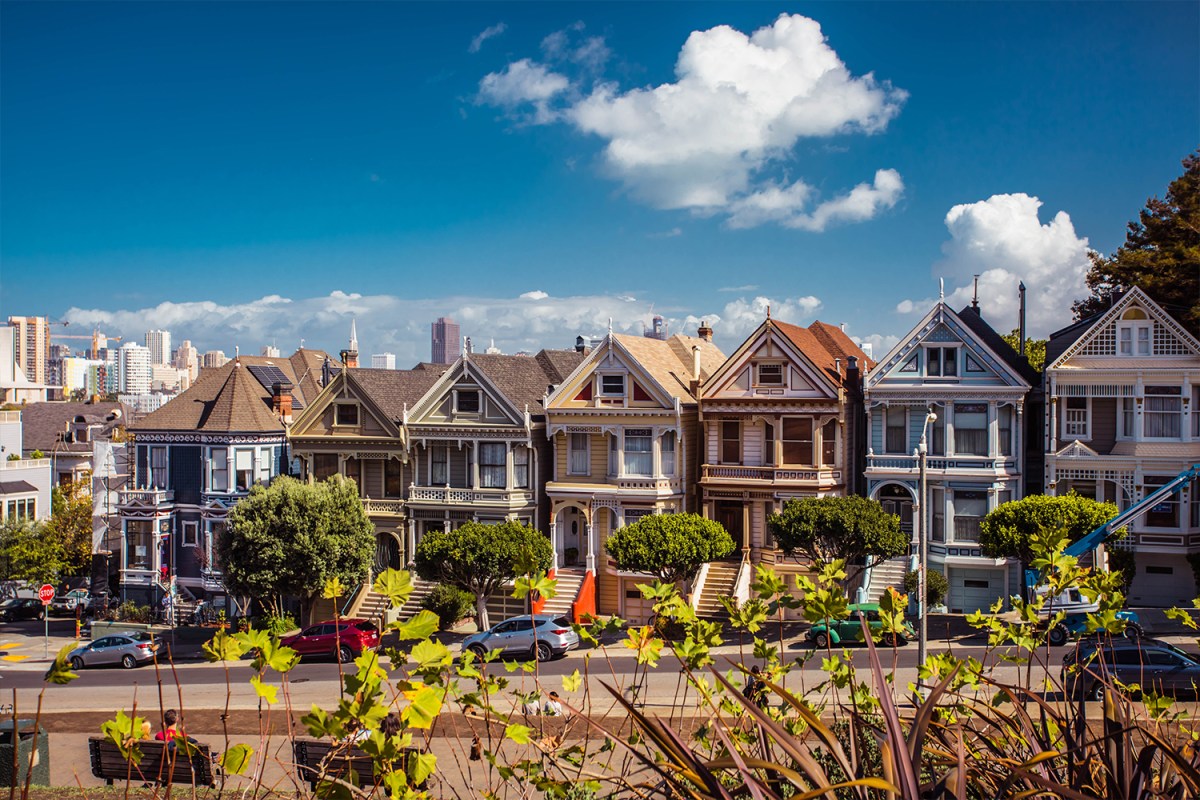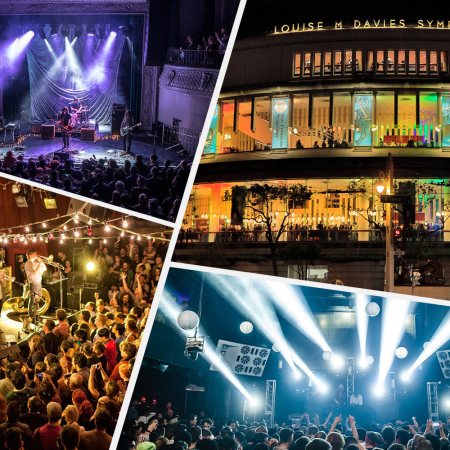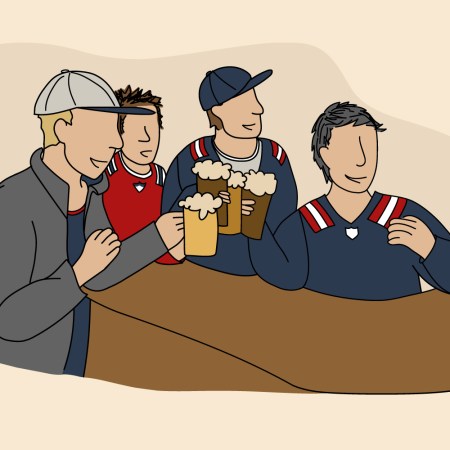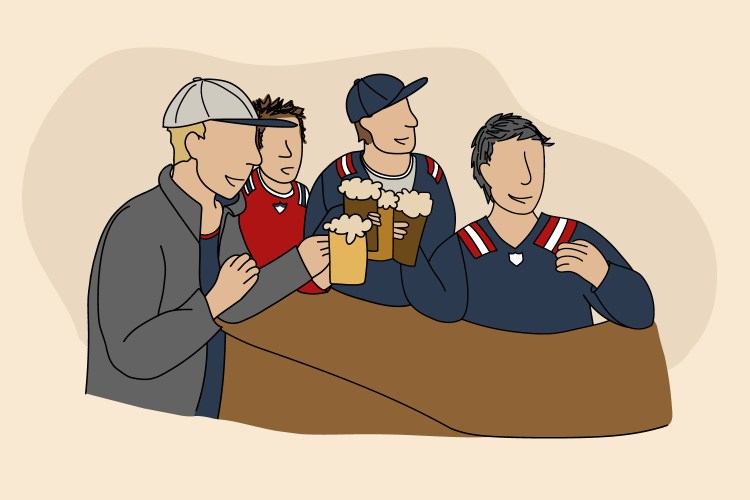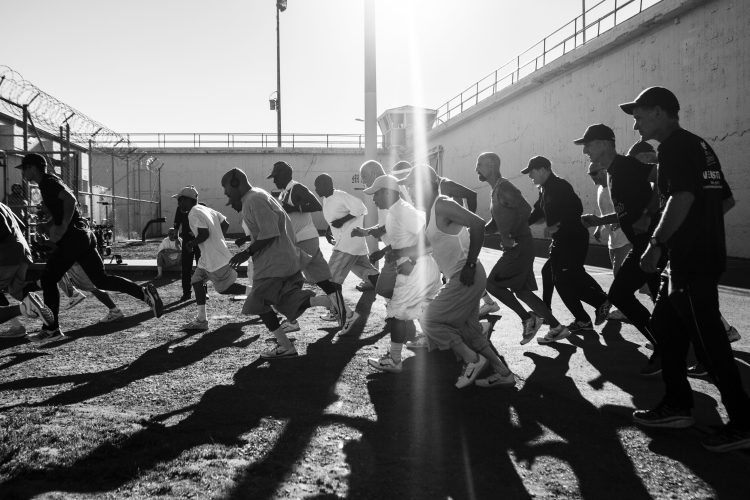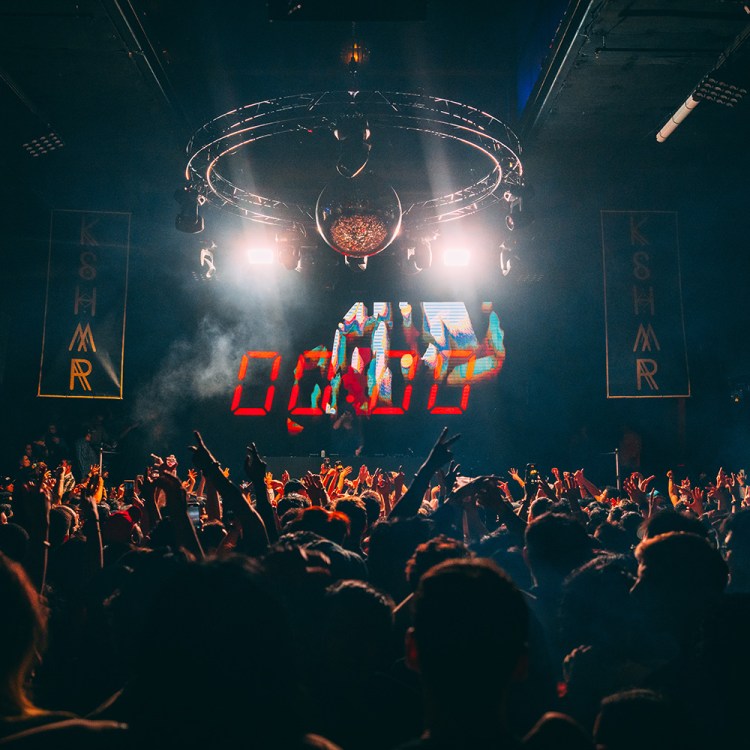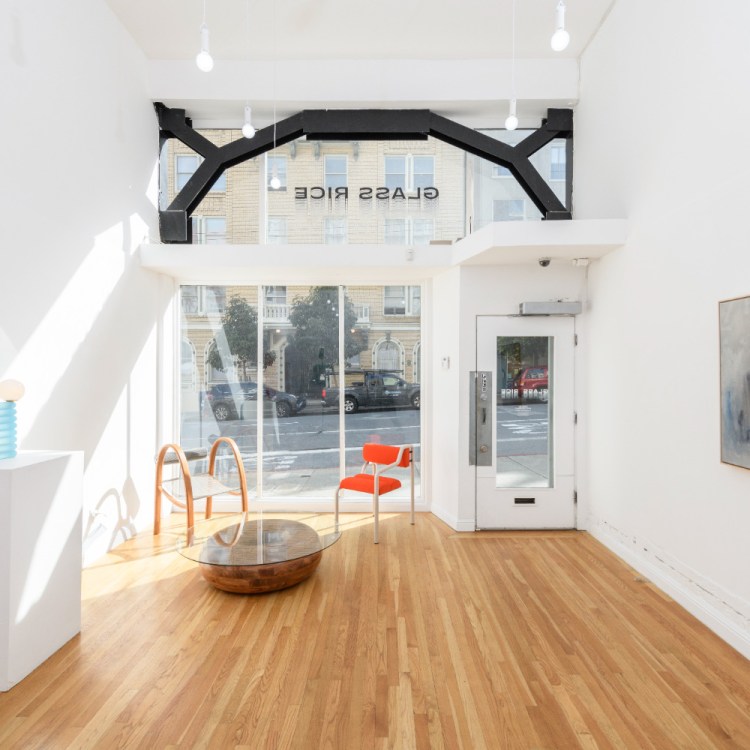The San Francisco housing market has been through a lot in the past 12 months, from the initial blush of what might have been a “gangbusters year” to widely reported rumors of its imminent demise (hello, New York Times — we’re looking at you, once again).
The truth, as usual, is considerably more complicated than the obits suggest. For a boots-on-the-ground report, we spoke with Michael Bellings of the Bellings Brothers, a third-generation real estate agent (and San Franciscan) who, with his brother Aaron, did $92 million in sales in 2020.
Here’s why he thinks S.F. real estate is a perpetual buy, despite the occasional gloom.
InsideHook: Give us the elevator version of your assessment of the SF real estate market at this exact moment.
Michael Bellings: With everyone back from the holidays, the vaccine news and Biden coming in, there is an unbelievable amount of optimism. Tech companies are IPOing, with Airbnb, DoorDash, etc. Knock on wood, the tech layoffs are done. And interest rates are insanely low, so your money goes a long way right now.
I’ve been getting buyer calls off the hook. We’re not there yet, but it’s starting and you can feel it. I think we’ve seen the bottom, and now we’re turning the corner. If you have a well-priced single family home, it’s going to go immediately. No question. Everyone wants to buy a house in San Francisco and there aren’t that many of them. Condos went down last year for the first time in a decade, and [now] people are seeing opportunities: They’re like, “I can afford a two-bedroom now, maybe versus a one-bedroom.” I don’t think we’re going to have double-digit gains, like we’ve been used to over my whole career, but I think mid-level single-digit appreciation gains will definitely be seen.

What are the challenges for prospective buyers?
We’re starting to get a lot of demand back and there’s no supply — inventory is about 15 or 20 percent down versus what it was last year. Everyone’s fighting over the same, like, 10 properties. There’s nothing on the market.
So everyone’s fighting over the same thing.
Traditionally our supply in San Francisco starts hitting post-Super Bowl. A lot of husbands stop watching football on Sundays, and they’re ready to go back out to open houses. The sun is shining. Kids are back in school. So parents have more time. And no one’s traveling. I think we’re just a couple of weeks away from that. Everyone’s prepping properties right now — I’m prepping six properties coming on the market.
What do you think needs to happen before everything kicks off in earnest?
Two big things. Outdoor dining, so people can come back and hang out with their friends on the weekends on Chestnut Street and Union Street. I think that’s really going to bring the market back because then people are like, “Oh, Brass Tacks is open again — I want to buy in Hayes Valley.” So the first thing is San Francisco, and California, opening up. .
And then the second thing is people going back to work. Even if it’s three days a week, which is what I’m hearing, you can’t live in Tahoe if you’re going back to 10th and Market at Twitter three days a week. I’m hearing September or October for that. Word on the street is that tech companies aren’t going to let you work 100 percent remotely — or if they do, you’re going to make 70% of what you make. So why not come back to the city and make 100 percent?
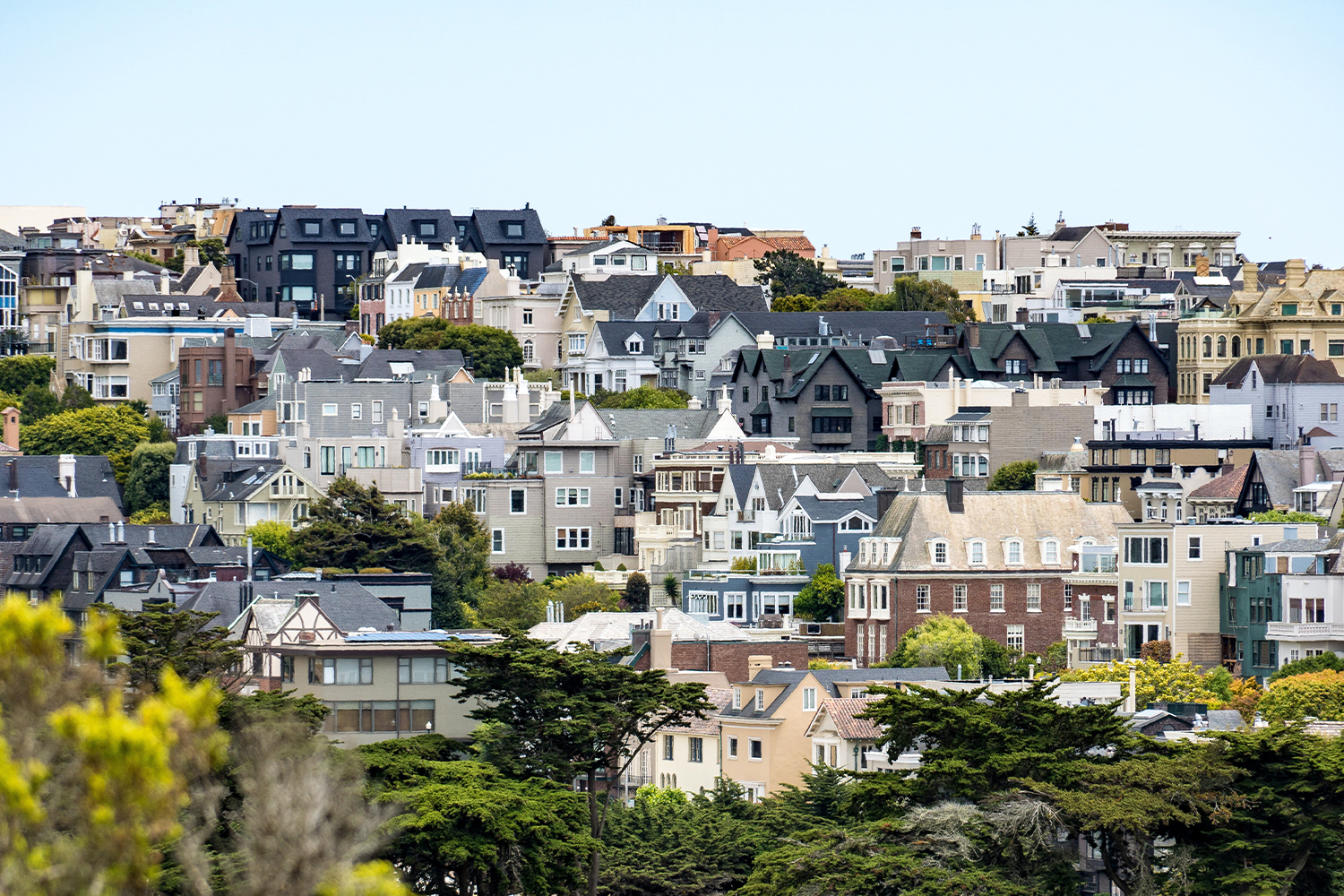
How real was the exodus out of town?
There was a big exodus out of the city — really driven by the tech companies being closed down. People didn’t have to go to work — so rather than stay in a city where nothing was open, they left for the Wine Country or Tahoe — anywhere you could get outside and have some outdoor space.
But I would still say that was a red herring — [according to] every single news article that came out, every single person in the city was leaving. The people who left already had one foot out the door — maybe they were of in their early 30s, they probably had a baby, maybe a second on the way. And they said: “Am I ready to move to Marin now?” So sure — that accelerated their exit from the city. But it wasn’t like you had 28-year-old buyers working at Google who woke up and said, “I’m leaving the city. I’m done.”
And for every one person that was leaving, I’d get two or three more buyer calls, with people saying, “Hey, seems like there’s going to be an opportunity here.” They weren’t necessarily buying that day, but they were saying, “I’m still working at Twitter. I have a great job. I have great savings.” And then you had other people saying, “Hey, we’re going to IPO.” This can be a bit of an insulated area here, and if you didn’t lose your job, you had a lot of smart buyers wanting to buy.
What other changes did you see?
Wish lists changed immediately. Outdoor space became the number-one factor by far — maybe before it was number three, four or five, but it immediately became number one: They wanted a deck or they wanted a yard. So single-family homes shot up. Condos and kind of smaller buildings did okay. Based on my statistics, the single-family home market last year went up about 4 percent.
With the large, “hotel-like” buildings — specifically in SoMa, Downtown, what we call like District 9 — no one wanted to pay $1,200 a month for the HOA dues for a gym and a pool that weren’t open. No one wanted to share an elevator with six people, and no one wanted to be in a 300-unit building, and no one was walking to work.The beauty of SoMa is that you can walk a block to Twitter, and that wasn’t happening. For those buildings, it was a bad, perfect storm.
If I’m looking to invest in a neighborhood in S.F., where should I be looking?
I can make an argument for a lot of different neighborhoods. But I think you can kind of drop a pin in Mission Dolores and look out from there.
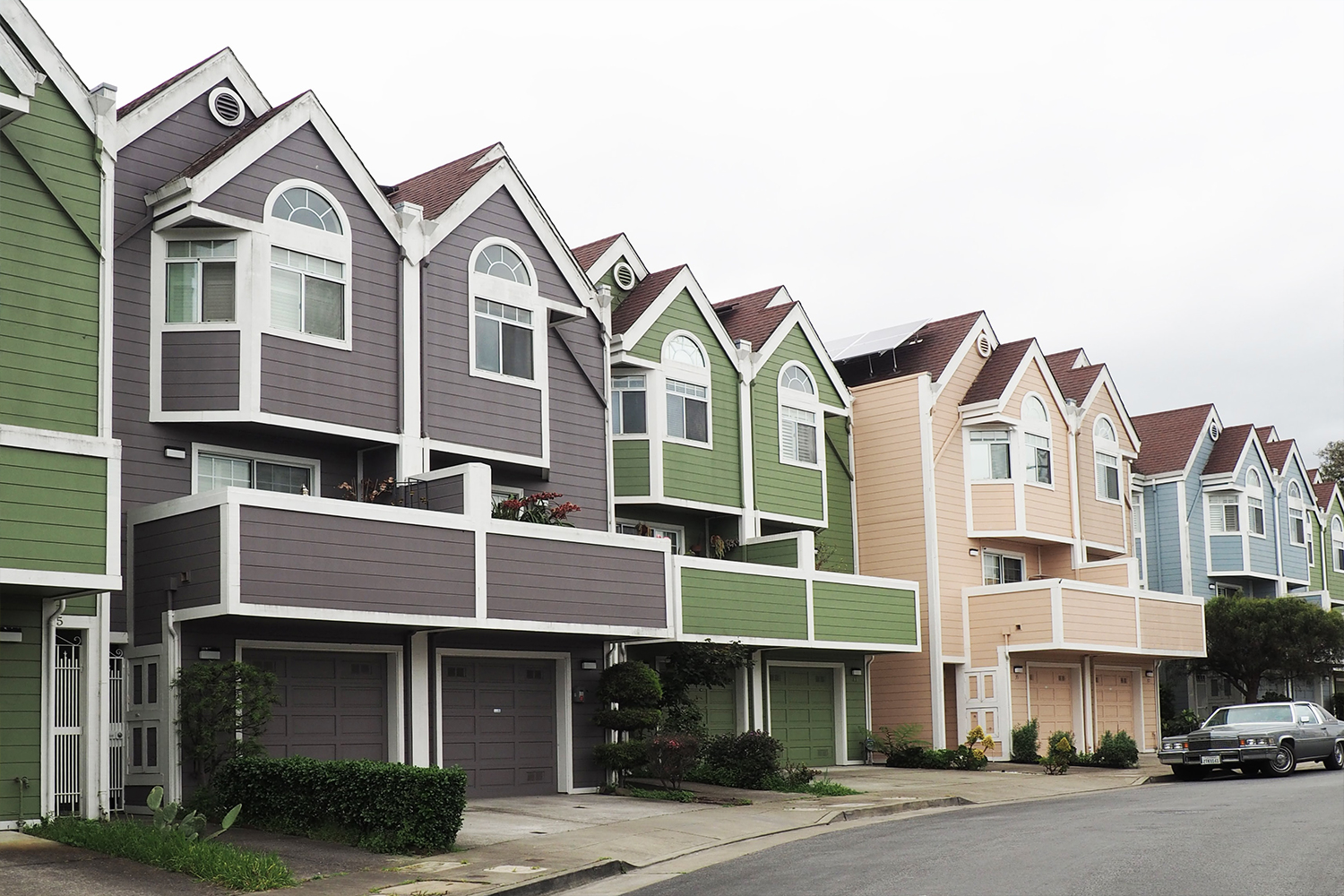
And where for better deals?
Outer Richmond, Outer Sunset, Merced, then District 10, being Portola, Excelsior, Bayview. The more you go on the outskirts of the city, the better deal you get. We’re the only city in the world where it gets cheaper to live closer to the beach.
Is there a bellwether for all this?
If you want to know how San Francisco real estate is doing, look at the tech stocks. Two years ago, I had a guy in escrow, and Apple stock went down 10 percent — it was like a huge deal, and my guy backed out of the house. Sure enough, a week later, the stock kicked up to record highs, but he had already lost the house.
Any changes in how the market works that you’ve noticed?
List price versus sales price. The last eight years I’ve been doing this, the strategy was always to price your house super-low. You get like 20 offers and it sells 20 to 30 percent above list price. Right now, we’re starting to see people price the properties closer to the expected sales price. If something’s priced at $1.3 million, it will probably sell within 5 percent of $1.3 million, rather than them pricing it at $999K and having a feeding frenzy.
What do you think about all the predictions that San Francisco is over — and everybody’s going to Austin?
I put zero stock in those predictions. My family has been selling real estate here for almost 40 years. My dad always taught me: Any time you can afford to buy a piece of real estate here, you do it. I joke with my clients — if you’re planning to leave, give me a call, because I’ll buy all that real estate. There’s only so much space in San Francisco — there will basically be no more single family homes built in San Francisco. My family has never regretted buying. We’ve only regretted selling too early.
This article was featured in the InsideHook SF newsletter. Sign up now for more from the Bay Area.
